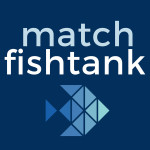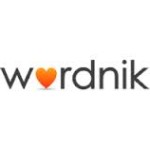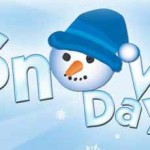Essential Standards and Beyond the Core
The Common Core focuses on English Language Arts and Mathematics standards throughout the United States. Only about four states have not adopted these standards. As school districts across the country are working diligently to unpack and implement the Common Core Standards for Mathematics and English Language Arts, another initiative has been steadily progressing, the Next Generation Science Education Standards. Essential Standards are developed by each state reach beyond the English Language Arts and Mathematics standards in the Common Core. There are national entities that promote each specific content area and they are described with links below.

The CORE has a different meaning by A Partnership for 21st Century Skills who defines core subjects as:
- English, Reading or Language arts
- World Languages Arts
- Mathematics
- Economics
- Science
- Geography
- History
- Government and Civics
The CORE subjects build foundational knowledge for skills and information. Beyond those subjects are extensions of learning to develop deeper and higher level multidimensional learning that focuses on 21st Century outcomes. These outcomes help students become college and career ready upon graduation from high school with no gaps in building a successful career or transitioning to college.
The Partnership for 21st Century Skills is a national organization that advocates for the integration of skills such as critical thinking, problem solving and communication into the teaching of core academic subjects such as English, Reading or Language Arts, World Languages, art, mathematics, economics, science, geography, history, government and civics. Learn more and get involved at http://www.21stcenturyskills.org.
Each state determines essential standards beyond the Common Core standards of English Language Arts and Mathematics.
















